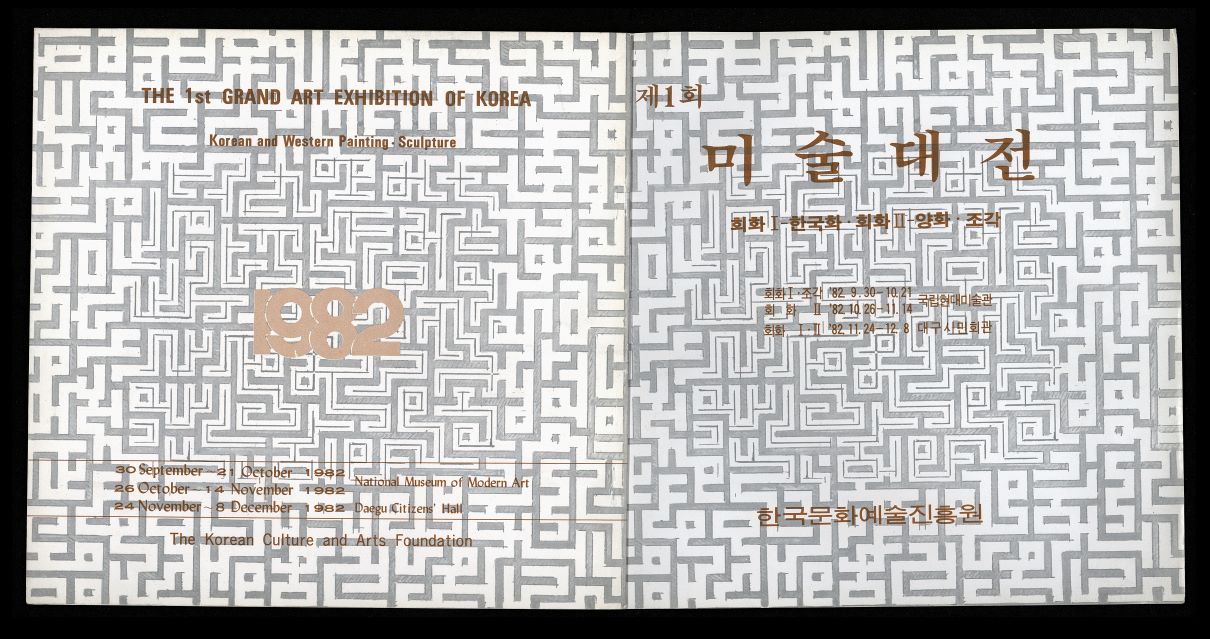
First Grand Art Exhibition of Korea, Brochure, MMCA Art Research Center Collection
Grand Art Exhibition of Korea
* Source: Multilingual Glossary of Korean Art. Korea Arts Management Service
Related
-
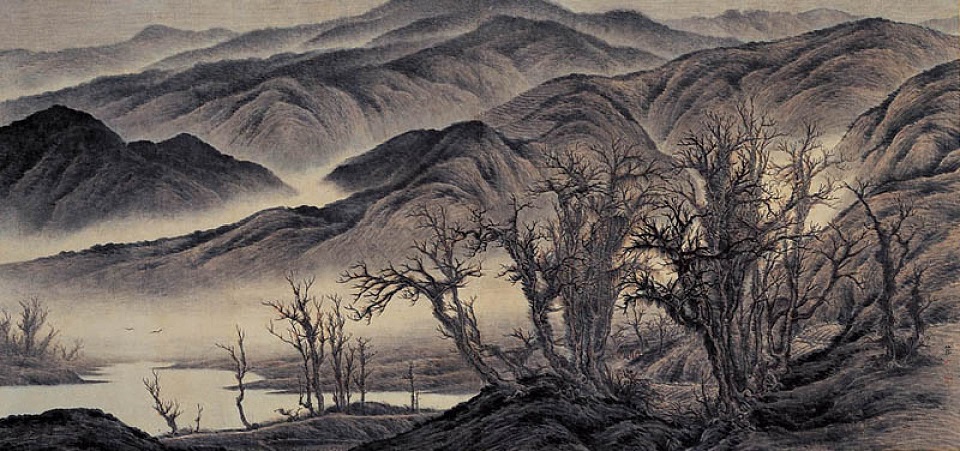
hangukhwa
A type of painting created during the 20th century that uses traditional Korean materials, techniques, and styles. The term emerged from the criticism that traditional-style paintings were called Eastern paintings in Korea, in contrast to China, where they were called national-style paintings, and Japan, where they were called Japanese-style paintings. The term hangukhwa (Korean Painting) entered official use following the overhaul of the educational curriculum in December 1981, and the appearance of the term Korean painting, with the subcategories ink wash painting [sumukhwa] and ink and light-colored painting [damchaehwa] were listed in art textbooks from 1983. The Grand Art Exhibition of Korea also began using the term hangukhwa (Korean Painting), as opposed to Eastern painting, in 1982. Prior to this, Hankukhwahui (Korean Painter’s Association) was used as a collective term for such Korean painters in 1964 and Kim Youngki (pen name Chunggang) argued to use the term Korean painting to define national identity in his essay “On hangukhwa (Korean Painting) and Criticism.” Criticism that Korean paintings, unlike the national paintings of China and Japan, do not have a narrative theme, and that the use of such a term was contrary to contemporary artistic trends, resulted in the term “hangukhwa (Korean Painting)” failing to achieve mainstream use. Hangukhwa (Korean Painting) is currently used interchangeably with the term Eastern painting.
-
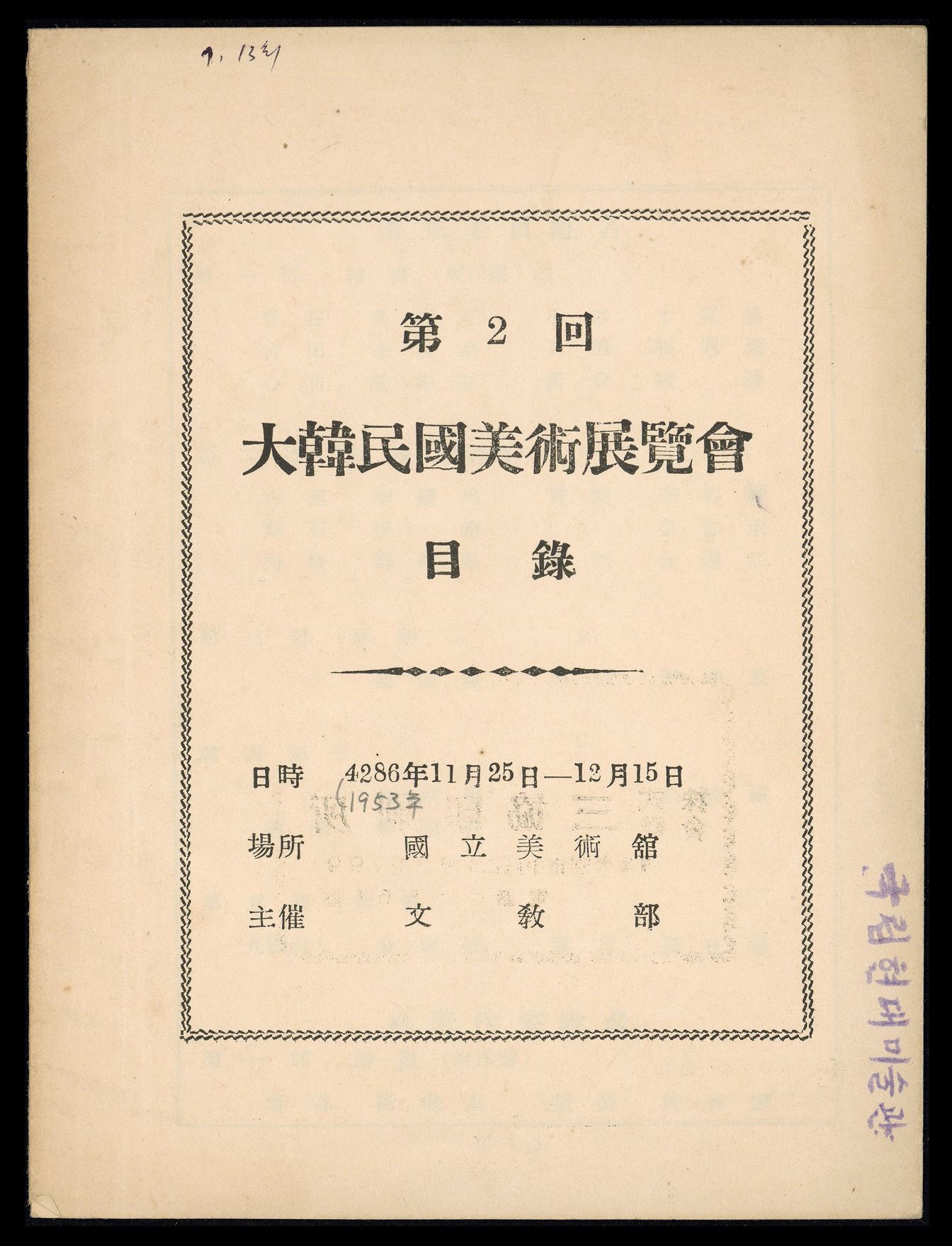
National Art Exhibition
A government-hosted exhibition held 30 times from 1949 to 1981, also known by the shorter name Gukjeon. Following national independence, the exhibition was the primary means for young and emergent Korean artists to achieve recognition. The influence of the exhibition declined as a result of the emergence of non-figurative art during the 1970s, the increased opportunities for artists to participate in overseas exhibitions, and the rise of private exhibitions and galleries.
-
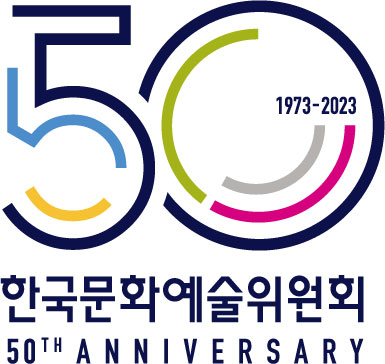
Arts Council Korea (ARKO)
Arts Council Korea (ARKO) is a cultural and artistic policy review organization established under the Prime Minister's Office based on the 1973 Culture and Arts Promotion Act. It was abolished in 2000 following revision of the law. In the beginning, the Arts Council Korea was established to contribute to the development of national culture by continuing traditional cultural arts and creating new creative expressions by supporting projects and activities for the promotion of culture and arts. The council played a role in planning basic policies and plans for the promotion of culture and arts, deliberation on matters concerning the creation and operation of the Culture and Arts Promotion Fund, and deliberation on other important matters concerning the promotion of culture and arts. The council consisted of less than 17 members, including one chairperson (the Prime Minister) and one vice-chairperson (the Minister of Culture and Public Information) (1979. 3. 28. Revised). In addition, expert members could be appointed to collect, survey, research, and attend meetings of the council on the promotion of culture and arts. Also, local culture and arts promotion committees could be established in each city and province (1983. 4. 25. New).
Find More
-
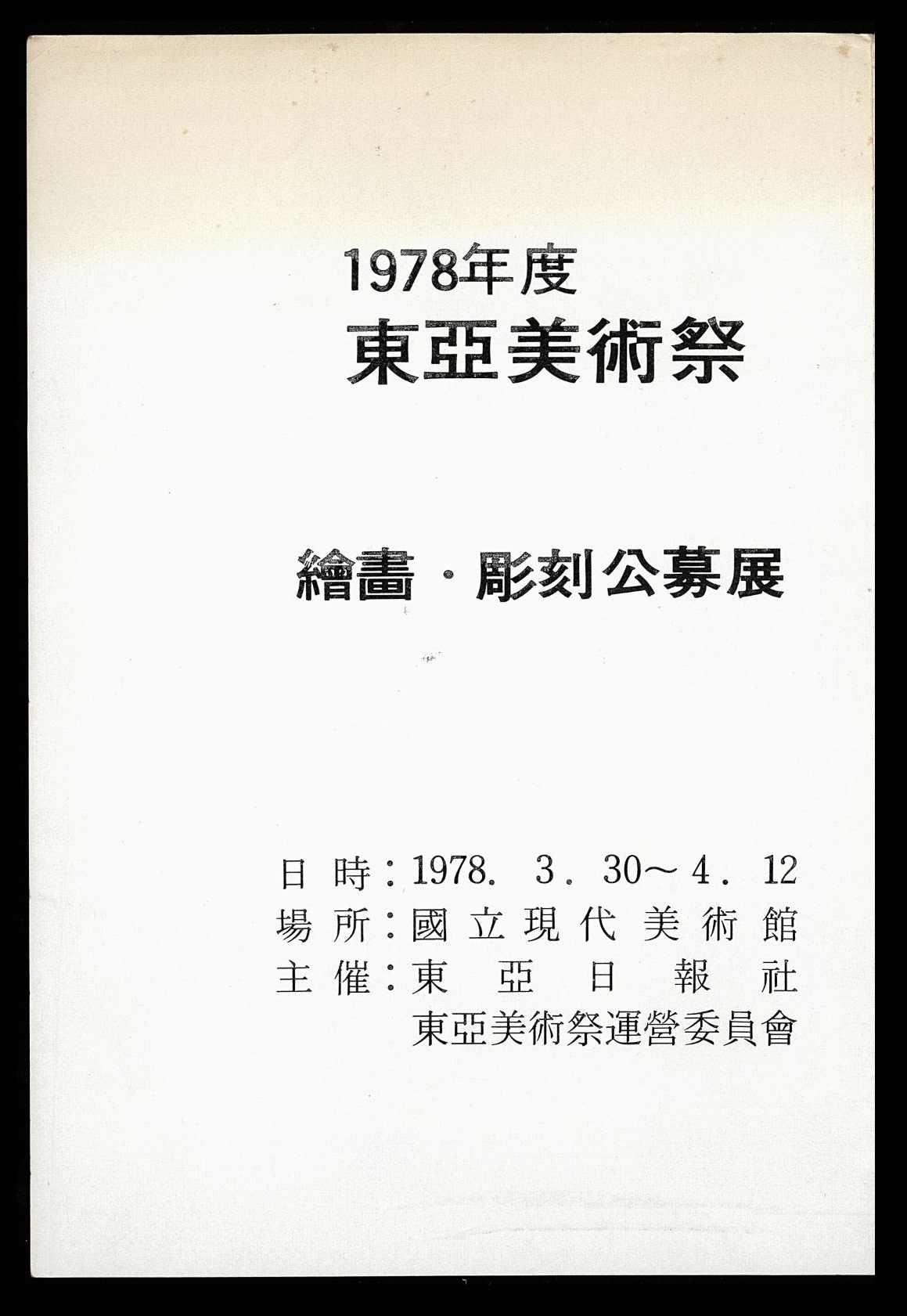
Dong-A Art Festival
An exhibition launched in 1978 by the Dong-A Ilbo newspaper company and the Dong-A Broadcasting System, Dong-A Art Festival aimed to discover new emerging artists through the art contest. Along with the JoongAng Fine Arts Prize that the JoongAng Ilbo newspaper company started in the same year, it became firmly established as a doorstep for emerging artists in the 1980s and 1990s. This exhibition was in line with the Dong-A Photo Contest founded in 1963 by Dong-A Ilbo and the Seoul International Print Biennale founded in 1970. The fields of the Dong-A Art Festival kept changing. It had been held biannually with crafts, calligraphy, and photography separated from painting and sculpture. In the 1990s, in even-numbered years the festival held competitions in four fields including painting and sculpture, whereas in odd-numbered years it held competitions in calligraphy, seal engraving, and literati painting. However, school ties and personal connections through associations in the art world affected the judging process, thus undermining the authority of the festival. Moreover, as artists debuted through diverse means such as solo exhibitions, the Dong-A Art Festival changed from a call for works to a call for exhibition plans in 2006. Since then, a newly organized exhibition has been selected every year through a competition, attracting attention, but it was abolished in 2014.
-
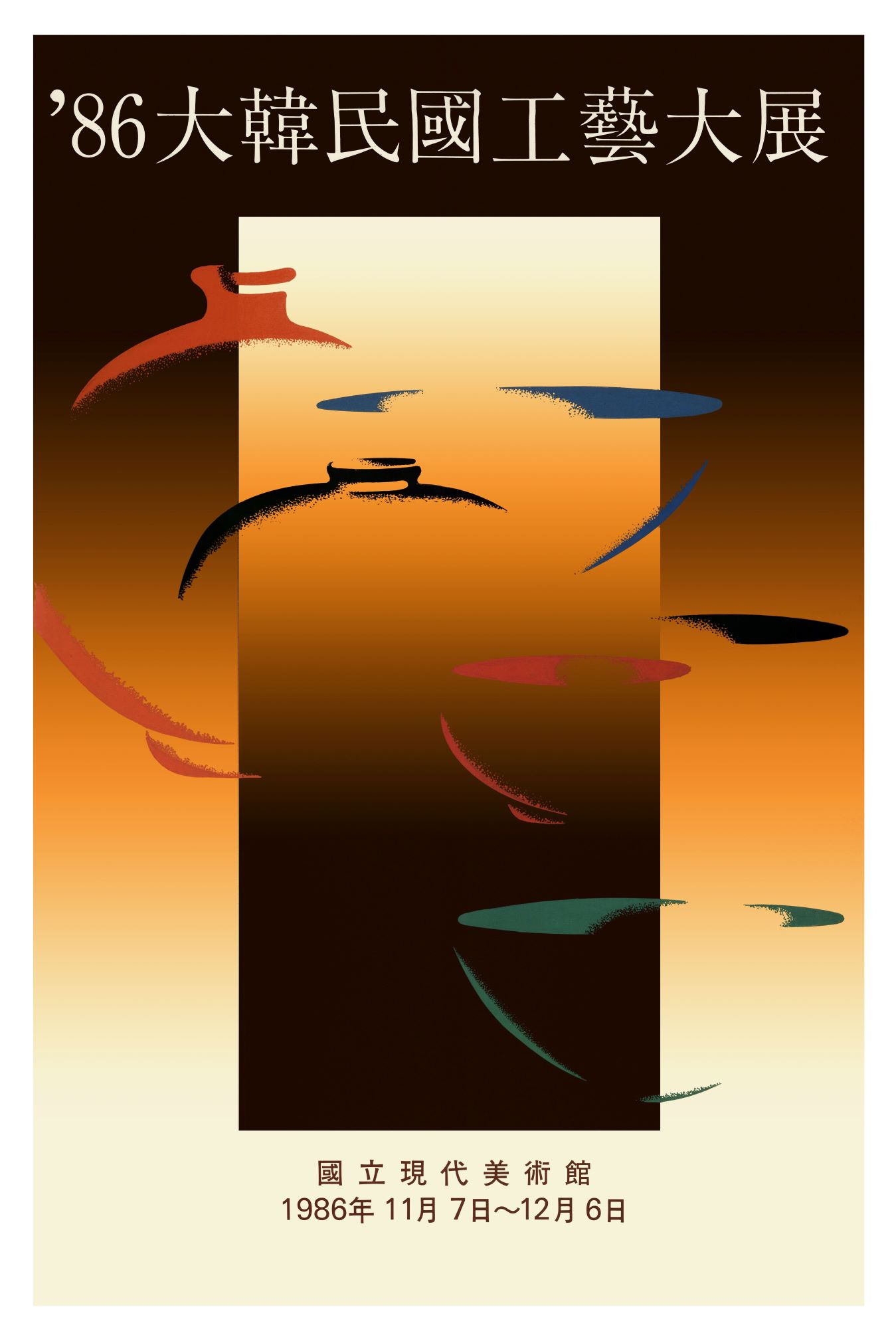
Grand Craft Exhibition of Korea
The Grand Craft Exhibition of Korea is a competition organized by the Korean Fine Arts Association [Mihyeop] and invites entries for crafts in each category. With the abolition of the government-sponsored National Art Exhibition (Gukjeon) in 1949 right after the establishment of the government of the Republic of Korea, its crafts section was temporarily included in the Grand Art Exhibition of Korea hosted by the Korean Fine Arts Association from 1982 but began to be operated separately from 1986. The first competition was held in 1986 and organized by the MMCA. From the second edition (1987) through the thirteenth edition (1998), it was operated by the Korean Fine Arts Association. With the eighteenth edition in 1999, the crafts section was officially included in the Grand Art Exhibition of Korea. At the time, the Operating Committee for the Grand Craft Exhibition of Korea was established, and the Korea Culture and Arts Foundation began sponsoring the competition. The fields of the competition were divided into metal, ceramics, wood-lacquering, dyeing, and others, and centered on established artists. The Grand Craft Exhibition of Korea is responsible for evaluating the workmanship and artistry of professional artists in each craft field.
-
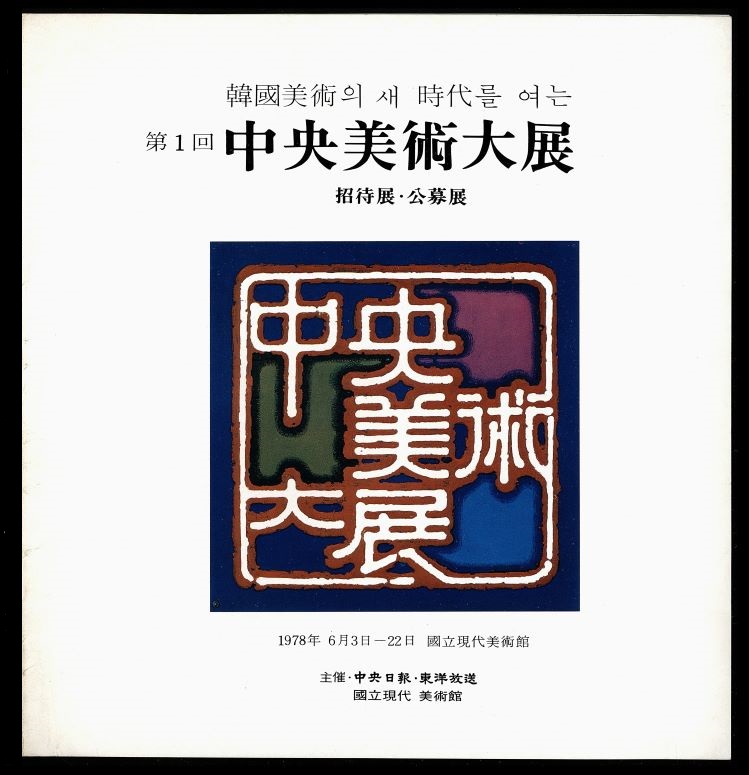
JoongAng Fine Arts Prize
JoongAng Fine Arts Prize was launched by the JoongAng Ilbo newspaper company in 1978. Along with the Dong-A Art Festival initiated by the Dong-A Ilbo newspaper company and the Dong-A Broadcasting System in the same year, it was one of the two leading private exhibitions. It began with a goal to overcome the irregularities of the National Art Exhibition (Daehanminguk misul jeollamhoe or Gukjeon), discover new talents, and encourage diverse creations. The JoongAng Fine Arts Prize was run mainly in the form of competitions and invitational exhibitions, but the invitational exhibitions ran only for four rounds and was discontinued. As the Gukjeon was abolished in 1981, the JoongAng Fine Arts Prize came to be firmly established as a gateway for young artists alongside the Dong-A Art Festival. Under the influence of the Gwangju Biennale that started in 1995, it was renamed the JoongAng Biennale. However, two years later in 1997, it reverted to the JoongAng Fine Arts Prize. As channels through which artists debuted became diversified in the 1990s onwards, its status as a gateway for young artists gradually weakened. Starting in 2005, it attempted to make changes by providing selected artists with production expenses and a space for exhibiting their completed works. Nevertheless, it ended up being discontinued with the thirty-eighth edition held in 2016 as the last exhibition.






